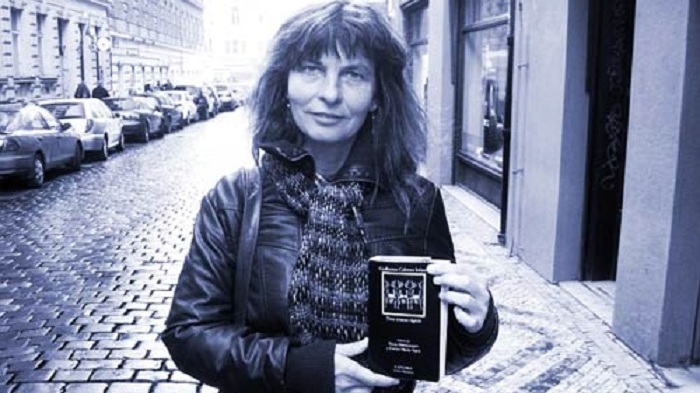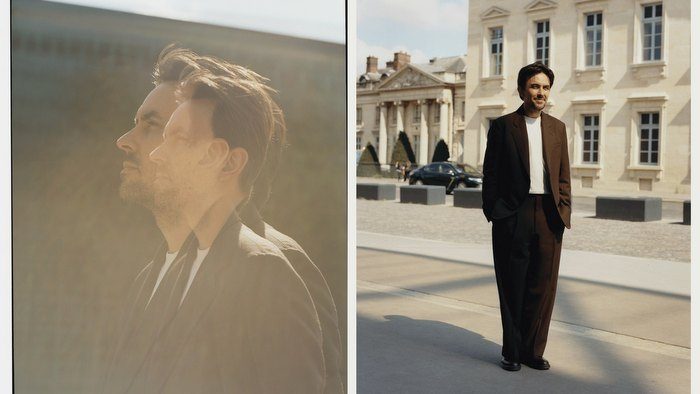By Alejandra Maciel
“I entered the fashion world because I was good at drawing, but one day I realized that I like illustrating it, not designing it”
“Fashion might be a frivolity for those who use it, but not for the ones who make it”
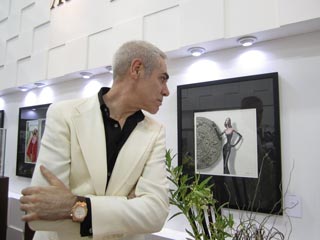 Within the framework of the recently concluded 9th edition of ZONAMACO, held in Mexico City, Arte por Excelencias was pleased to talk to Arturo Elena (www.arturoelena.com). This acclaimed artist and fashion illustrator attended the fair as part of the image promoted by one of the sponsors of the event, Audemars Piguet, whose fine designs of high-quality watchmaking state explicitly his subtle link with the contemporary art.
Within the framework of the recently concluded 9th edition of ZONAMACO, held in Mexico City, Arte por Excelencias was pleased to talk to Arturo Elena (www.arturoelena.com). This acclaimed artist and fashion illustrator attended the fair as part of the image promoted by one of the sponsors of the event, Audemars Piguet, whose fine designs of high-quality watchmaking state explicitly his subtle link with the contemporary art.
This artist, who also received the 2002 ARI Prize, talked about his career and convictions in terms of his creative work, whose manual technique is a result of the combination among different professional felt-tip pens on cardboard and the use of a transparent ink along with others more thick or opaque. His objective is finding the major realism possible in the light, texture and color of fabrics. Due to the concentration on the details and the lengthening achieved, the refinement and stylization of human figure have become characteristic signs of his work.
What has your work entailed?
I have a very long career. I started working in the early 1980s as an assistant of a cloth design team, developing women and men collections for some companies that, in spite of being commercial and not important brands, weren’t bad at all. I joined the team without any training as a designer, but after five years working with them, and due to a series of circumstances, I began receiving orders from a company in Seville named Victorio & Lucchino (they were aware of my work and my drawing aptitudes), specifically to illustrate their press presentations. In 1992, that brand started parading at Cibeles Runway, where it launched a collection named Carmen. Thanks to the two press folders prepared for that event (one for the collection and one for the launch of a perfume also named Carmen) I was able to reach many people. In July of the same year, the Cosmopolitan magazine offered me the first collaboration as illustrator of its fashion pages. It was my first incursion at national level, in my country. As the illustrator of that section, other magazines also admired my work, including Elle, Telva, and companies such as Loewe. I evolved in time. I didn’t stop knocking other doors to contact the companies I wanted review my work, beyond those who came to me. And it remains so. All in all, I entered the fashion world because I was good at drawing, but one day I realized that I like illustrating it, not designing it.
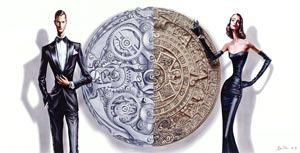 How long can the creation of a work take?
How long can the creation of a work take?
There are two answers. The first one is that it depends on the complication and demands for its delivery. The other answer that I’m used to give is that it takes 53 years, the time I’ve been working and looking for the perfection in my profession. Although I can’t say that I have already reached it.
Is your work guided by the observation or imagination?
The observation is essential to work as a fashion illustrator. I need to observe and absorb every piece of information on that world. I can’t change the philosophy, image and patterns to be projected by the firms. They come to me to have them illustrated just as they have conceived them.
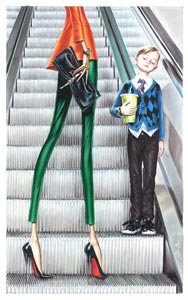 When you began your career, some people thought that fashion makes art to be frivolous …
When you began your career, some people thought that fashion makes art to be frivolous …
I would say that the world makes art to be frivolous. Because the fashion is a very serious part of our world, and takes a lot of effort from the people who work with it. But since the world looks at it from the outside, it’s said to be frivolous. People think that we all wear top-of-the-line fashion clothes and have a great time. In my case, it represents an absolute sacrifice, the sacrifice of my personal life, my family and my physical health. Zero frivolity. There are professional behind the fashion world. And just like in any other sphere, if you want to do a great a valuable job, you have to focus all of your attention. Fashion might be a frivolity for those who use it, but not for the ones who make it.
Finally, how did you get to 2012 ZONA MACO?
I would have to tell you how I got to Audemars Piguet in the first place. Audemars Piguet saw a certain connection or felt that I could perfectly reflect in images what they would have as a vision of women in the brand, because the female section wasn’t as promoted as the male one in that time. So I created the Doce momentos de la mujer series for them, for Madrid. Afterwards, due to the position of Audemars Piguet as sponsor of ZONAMACO, I was offered to come and create exclusive pieces for Mexico. I only created two because there was no time for more. So the collection is made up of fourteen drawings. The intention was joining fashion, art and watchmaking.
Related Publications
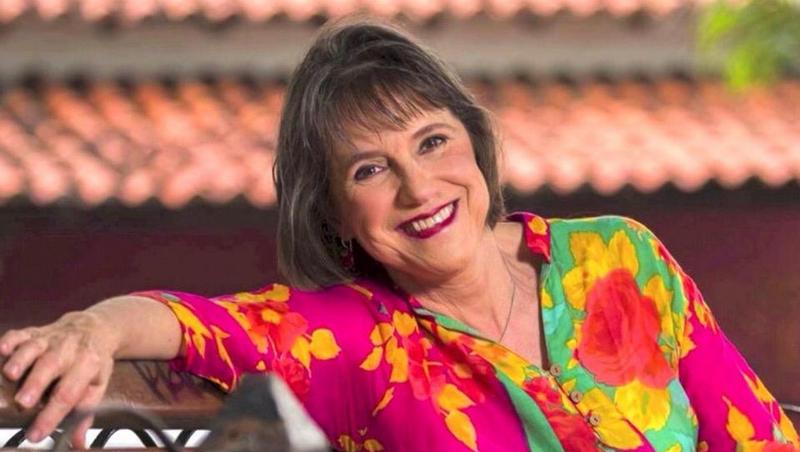
Cecilia Todd. Singing always makes sense
August 21, 2020
Q & A with Marguerite Horberg of Hot House
July 17, 2020